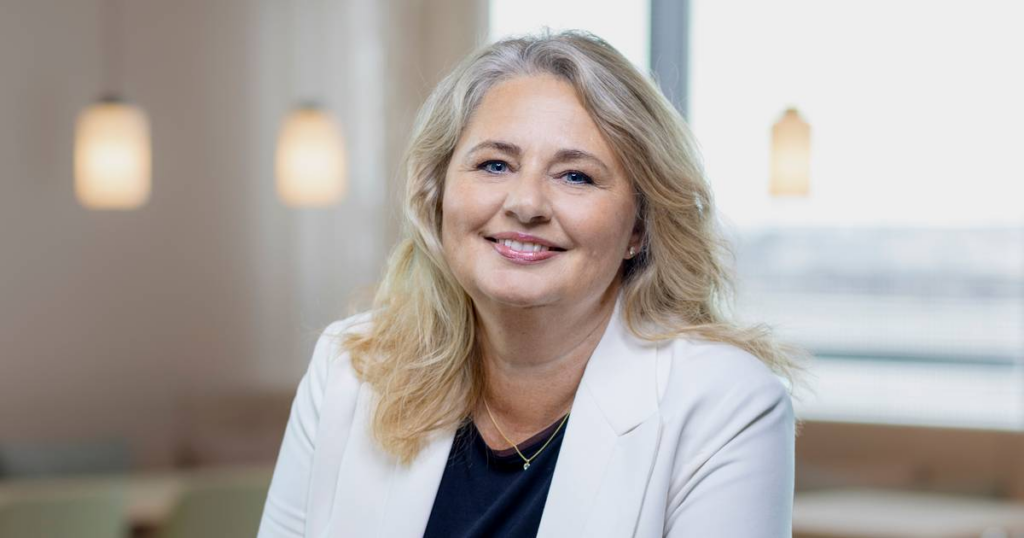The LEGO Group and WWF Denmark co-developed the Planet Promise Design Guidelines to help integrate sustainability themes into LEGO play experiences.
The guidelines aim to educate over 600 LEGO designers on environmentally and socially responsible storytelling, aligned with LEGO’s broader Planet Promise sustainability strategy.
Research shows 83% of children care about protecting the environment, and 94% of parents view play as a tool to teach sustainability.
The LEGO Group, in collaboration with WWF Denmark, has launched the Planet Promise Design Guidelines—a new framework designed to embed socially and environmentally responsible narratives into LEGO® sets, stories, and packaging.
These guidelines are part of the LEGO Group’s broader Planet Promise commitment, which aims to make a positive impact on society and the planet. By guiding designers on topics such as protecting nature, using renewable resources, and addressing climate challenges, the company seeks to inspire a more sustainable world through creative play.
“We know LEGO play is a powerful and engaging tool for children to make sense of the world around them,” said Annette Stube, Chief Sustainability Officer at the LEGO Group. “The new guidelines will allow us to continue helping children imagine what the world could look like through our products, inspiring them to think creatively about the world they will inherit.”

The Planet Promise Design Guidelines are structured around two key components:
Planet Promise Design Principles – educational tools for LEGO designers focused on nature, communities, energy, and responsible resource use.
Planet Promise Design Guides – practical instructions and information tailored to the specific experiences being developed.
RELATED ARTICLE: Lego Shifting to Renewable Plastics Despite Higher Costs
Jacob Fjalland, Interdisciplinary Director at WWF Denmark, emphasized the importance of the initiative in global youth education:
“We are delighted to partner with the LEGO Group on this new set of guidance to inspire and engage children around the world and make room for curiosity on nature and climate matters and how to take good care of our planet,” he said. “WWF aims to inspire hope and motivation in children and young people helping to shape a generation of optimistic and proactive young individuals.”

Developed with input from WWF teams in the USA, China, Germany, and the UK, the guidelines will initially apply to LEGO-owned themes, with potential expansion over time.
This launch builds on the LEGO Group’s sustainability journey, which began its partnership with WWF in 2014 to reduce carbon emissions and support climate action. To date, LEGO has tested over 600 alternative materials to create more sustainable bricks and components.
In 2023, LEGO’s design team—comprising over 600 designers—developed 840 sets, nearly half of which were new. These efforts reflect LEGO’s vision to empower children and fans of all ages to reimagine a better world through purposeful play.
Follow ESG News on LinkedIn

